Entertainment
Nicole Brown Simpson’s family recalls the ‘nightmare’ aftermath of her killing in Part 2 of docuseries
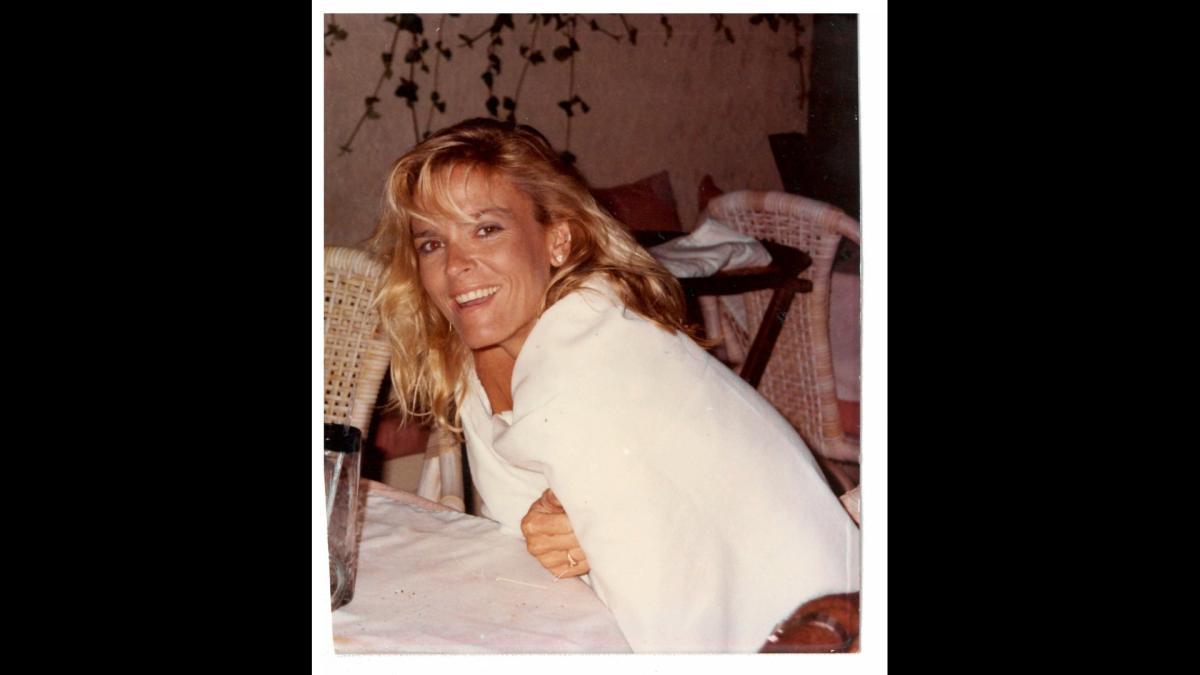
Nicole Brown Simpson’s family recalls the “nightmare we lived” in the aftermath of the double slayings.
In the final two episodes of the Lifetime docuseries The Life and Murder of Nicole Brown Simpson, which aired June 2, the family and friends of O.J. Simpson’s slain ex-wife talked about her funeral and his infamous car chase and arrest. Nicole’s sister Denise Brown said it was a real-life “nightmare,” including handing over the couple’s two children, Sydney and Justin, to O.J. Simpson after he was acquitted.
In episodes 3 and 4, there were never-before-heard details about the investigation into the killings of Nicole and her friend Ron Goldman on June 12, 1994 — including how a set of keys from Nicole’s L.A. home that had gone missing were found in a bag in O.J.’s Bronco.
Here’s what we learned from episodes 3 and 4.
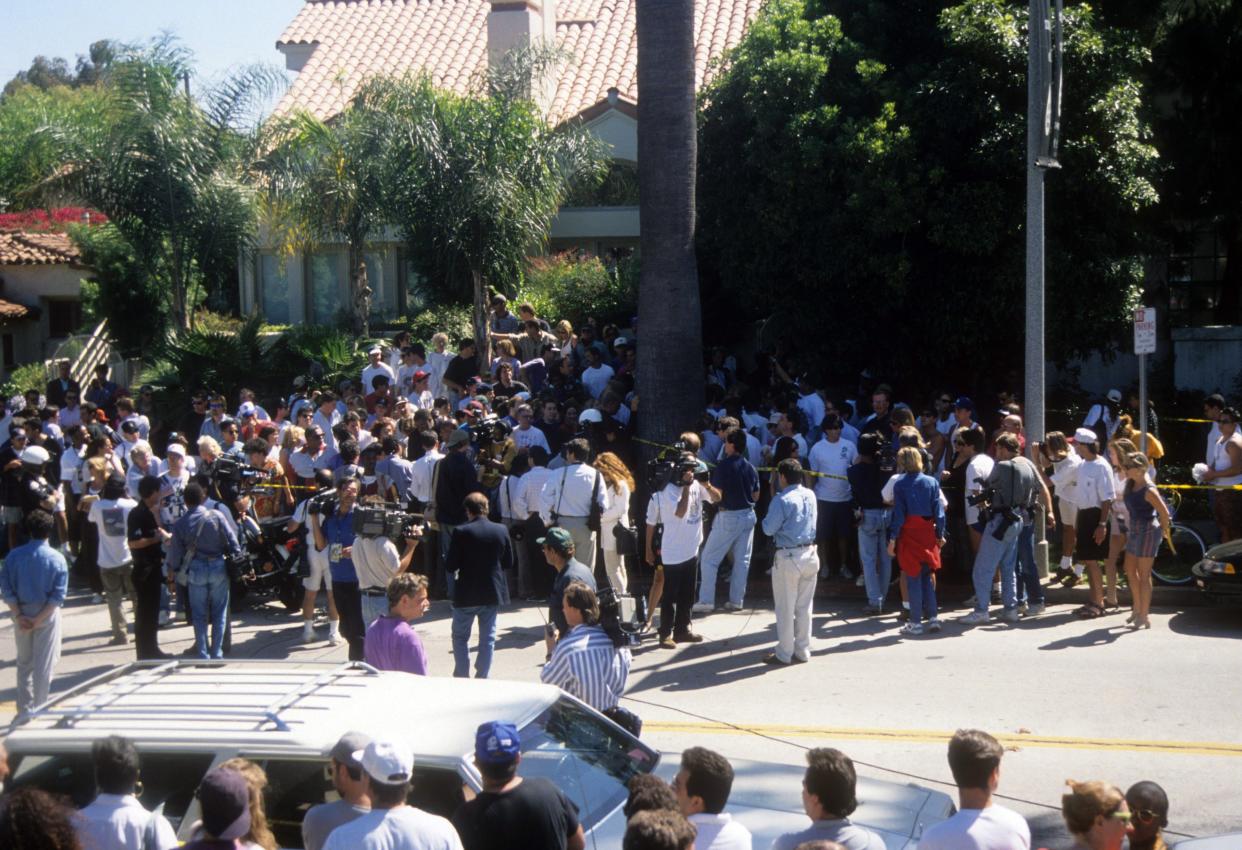

The wake and funeral
-
Denise called it a “nightmare” burying her sister while her former brother-in-law was being investigated but not yet arrested. He also attended the wake.
-
She wept talking about having to find a turtleneck to bury Nicole in because she had been “almost decapitated.”
-
Nicole’s friend Robin Greer remembered O.J. standing over the coffin, saying, “Nicole, I’m so sorry” over and over, feeling like it was a confession.
-
O.J. asked Nicole’s sister Dominique to walk up to the casket with him (“Why me?” she remembered thinking). While kneeling together, she said he was consumed with asking about a ring he had given to Nicole, wanting to know where it was.
-
Denise recalled O.J. lawyer Robert Shapiro asking, “Can we exhume the body?” at the wake before Nicole was even buried.
-
O.J. left the wake in the same car as Nicole’s mother, Juditha Brown.
-
D’Anne Purcilly said, “’Dita’ asked him, ‘Did you do this?’ And O.J. leaned forward, looked down and said, ‘I loved her too much.’ He didn’t tell her he did it but kept saying he loved her too much.”
-
At the private burial the next day, Purcilly asked O.J. friend Al Cowlings if O.J. did it and said he replied, “I don’t know. I just don’t know.” She said Cowlings, one of O.J.’s biggest supporters, later denied saying that.
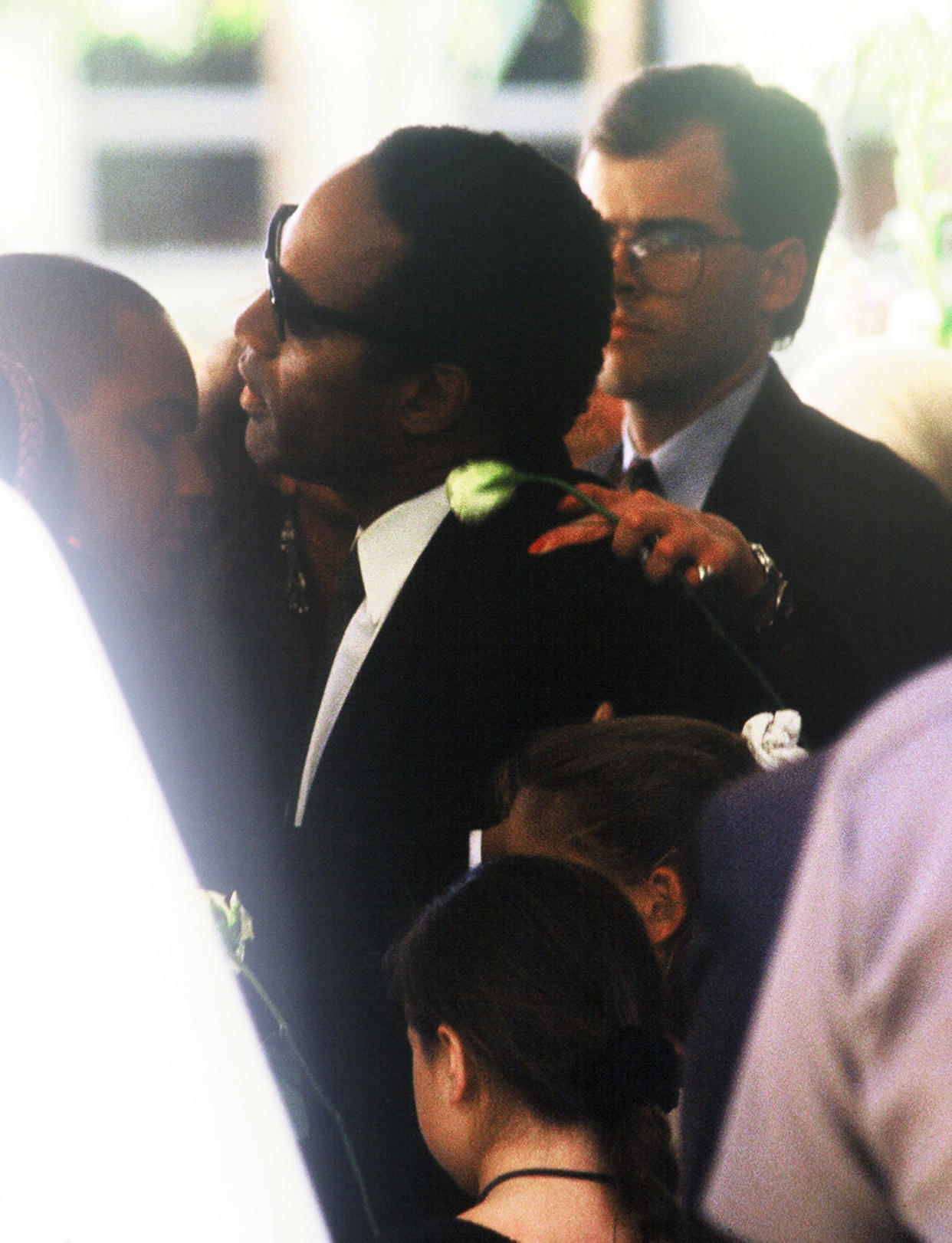

The Bronco chase
-
O.J. didn’t surrender to police as planned and the infamous Bronco chase followed on June 17, 1994. From his car, O.J. — who penned a suicide note, read on TV by his attorney Robert Kardashian — called Juditha and said he was driving to Orange County, where the Browns lived and Nicole was buried, to go to the grave.
-
Dominique recalled O.J. saying, “I’m going to be with Nicole” and Denise said the family assumed he was suicidal. Their father, Lou Brown, collapsed amid the stress.
-
Aware that the police were searching for O.J., Purcilly, who was at the Browns’ home, convinced Nicole’s youngest sister Tanya that they had to call 911. “‘We know where he is,’” Purcilly recalled them telling the police. “‘He’s on the 405 freeway coming down here to us.’”
-
Denise and Dominique said they got into a car to “catch” O.J. during the slow-speed freeway pursuit. They quickly realized it wasn’t a good plan and gave up.
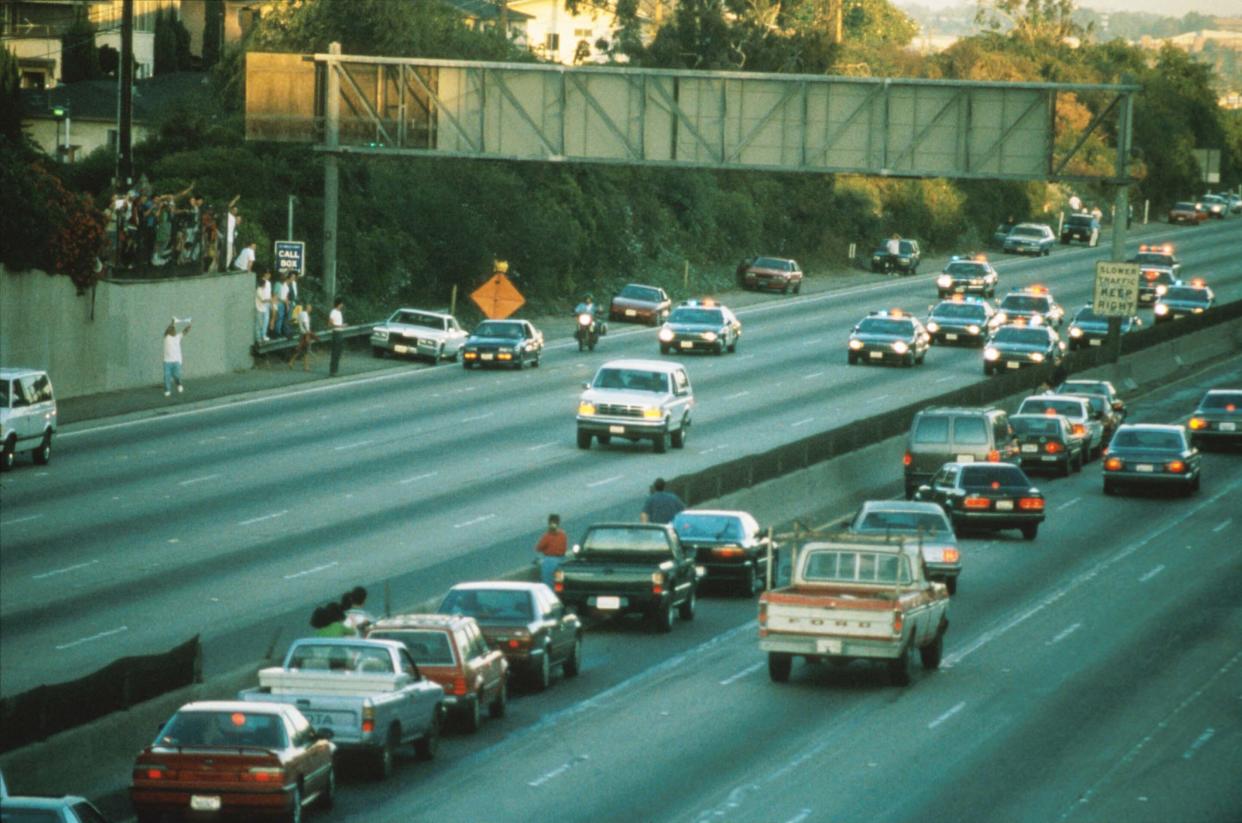

What police discovered
-
Former Los Angeles Police Department Detective Tom Lange was also on the phone with O.J. during the Bronco chase and recalled keeping him talking in hopes of keeping him alive. Cowlings, who was driving, told police that O.J. had a gun to his head.
-
Lange observed that O.J. seemed tired or under the influence. He said O.J. told him he had already said “goodbye” to his children.
-
The two-county car chase — watched by 95 million people — concluded at O.J.’s Los Angeles estate. Lange detailed what was discovered in the travel bag O.J. had with him in the Bronco: a gun, disguise kit, his passport, his NFL Hall of Fame ring and a set of keys on a teddy bear chain.
-
Just prior to Nicole’s death, she had told her mother a set of keys from her new home — bought in the wake of their 1992 divorce — were missing and wondered if O.J. had taken them. Lange said testing was done and determined the keys were to Nicole’s home, but they were never brought into evidence in the criminal trial. O.J. denied taking the keys in a deposition for the wrongful death suit brought by the Browns and Goldmans, which found him liable in 1997.
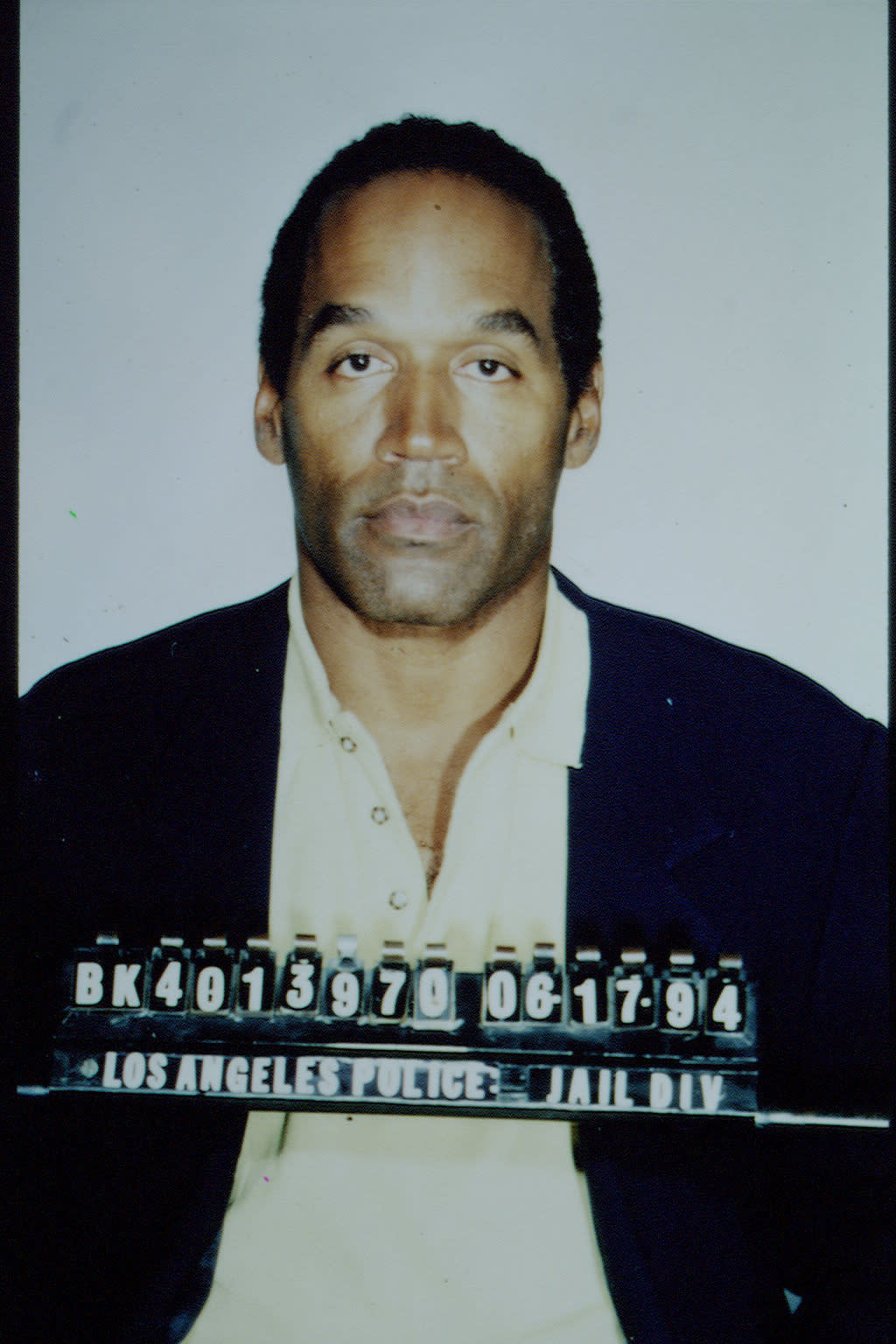

O.J.’s defense team expressed doubt about his story
-
Limo driver Allan Park, who took O.J. to the airport the night of the killings, recalled sharing what he observed with O.J.’s attorneys, Skip Taft and Shapiro, before the preliminary trial.
-
Park told them he rang the bell at O.J.’s estate for some time before O.J. answered to say he overslept. Just before, he saw a figure enter the house. He also recalled O.J. being very sweaty, despite just stepping out of the shower.
-
Park didn’t realize his conversation with O.J.’s legal team was recorded. The recording was later turned over to prosecutor Marcia Clark. When she and Park listened to it together, they realized O.J.’s attorneys kept recording after Park hung up.
-
Park heard them say, “That’s funny, that is not what O.J. is telling us,” seemingly doubting O.J.’s alibi. “Our mouths dropped.”
Investigator said finding Nicole’s safe deposit box ‘gave me chills’
-
Michael Stevens, a former senior investigator for the Los Angeles County district attorney’s office, was tasked with trying to uncover evidence of O.J.’s abuse of Nicole for the trial. O.J. had previously pleaded no contest to spousal battery, and Denise had taken photos of Nicole’s injuries, but wasn’t sure what happened to the photos.
-
Another tip led to Stevens learning that Nicole had a secret safe deposit box where she banked. When he opened it, the first thing he saw was a Polaroid photo of her with a black eye. There were many other photos.
-
There was also a diary that was “essentially a list of abuse by Simpson,” incident by incident, along with the location. “It gave me chills knowing that she was the last person to put those photographs … in there,” Stevens said.
-
Nicole’s journals, notes and diary weren’t allowed as evidence in the criminal trial, Denise recalled, but she was able to testify about photographing Nicole’s bruises and witnessing abuse.
-
Denise and Dominique talked about the defense unfairly casting Nicole as a party girl, out all night, having relationships with other men.
-
Denise recalled Judge Lance Ito telling everyone in the courtroom to be silent during the verdict, which 151 million people tuned in for on Oct. 3, 1995. She recalled Ron’s sister, Kim Goldman, shrieking when she heard not guilty.
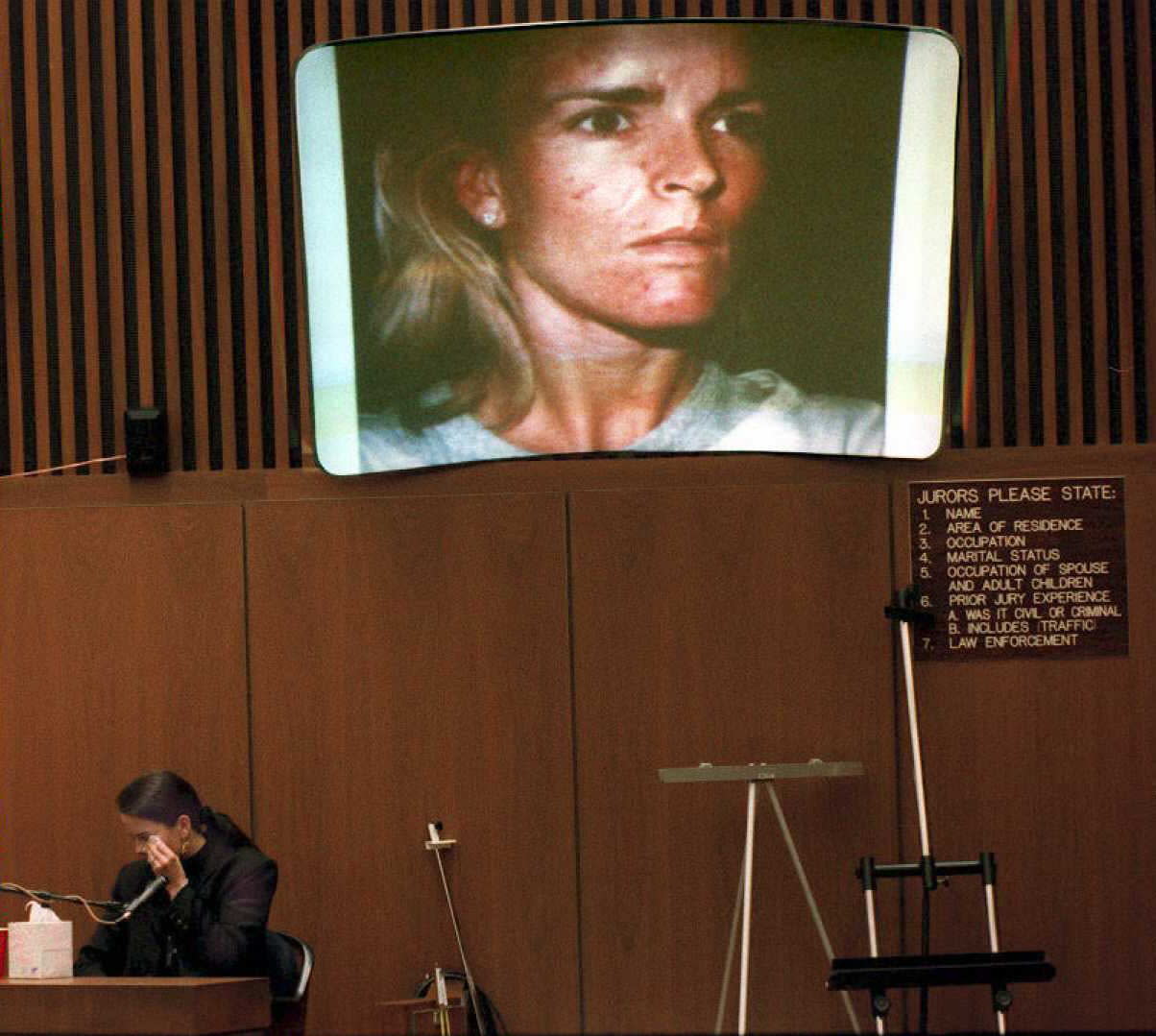

When O.J. got out of jail, he took his kids to Neverland Ranch
-
Sydney and Justin had been living with the Browns while O.J. was in jail (O.J. had been denied bail). When he got out, he picked them up for Sydney’s birthday and took them to Michael Jackson’s home. (In 2018, O.J. talked about Jackson’s support during his trial and spending long weekends at Jackson’s Neverland amusement park.)
-
The Browns fought for custody of the children but ultimately lost in 1996.
-
Denise said Juditha was very good at compartmentalizing what happened in order to interact with O.J. to arrange seeing the children.
-
The children continued to visit the Browns until O.J. decided to move them from California to Miami. Denise said that Sydney told her grandmother that she wanted to move and Juditha wouldn’t fight it. She said Juditha cried at night, feeling she lost another “piece of Nicole.”
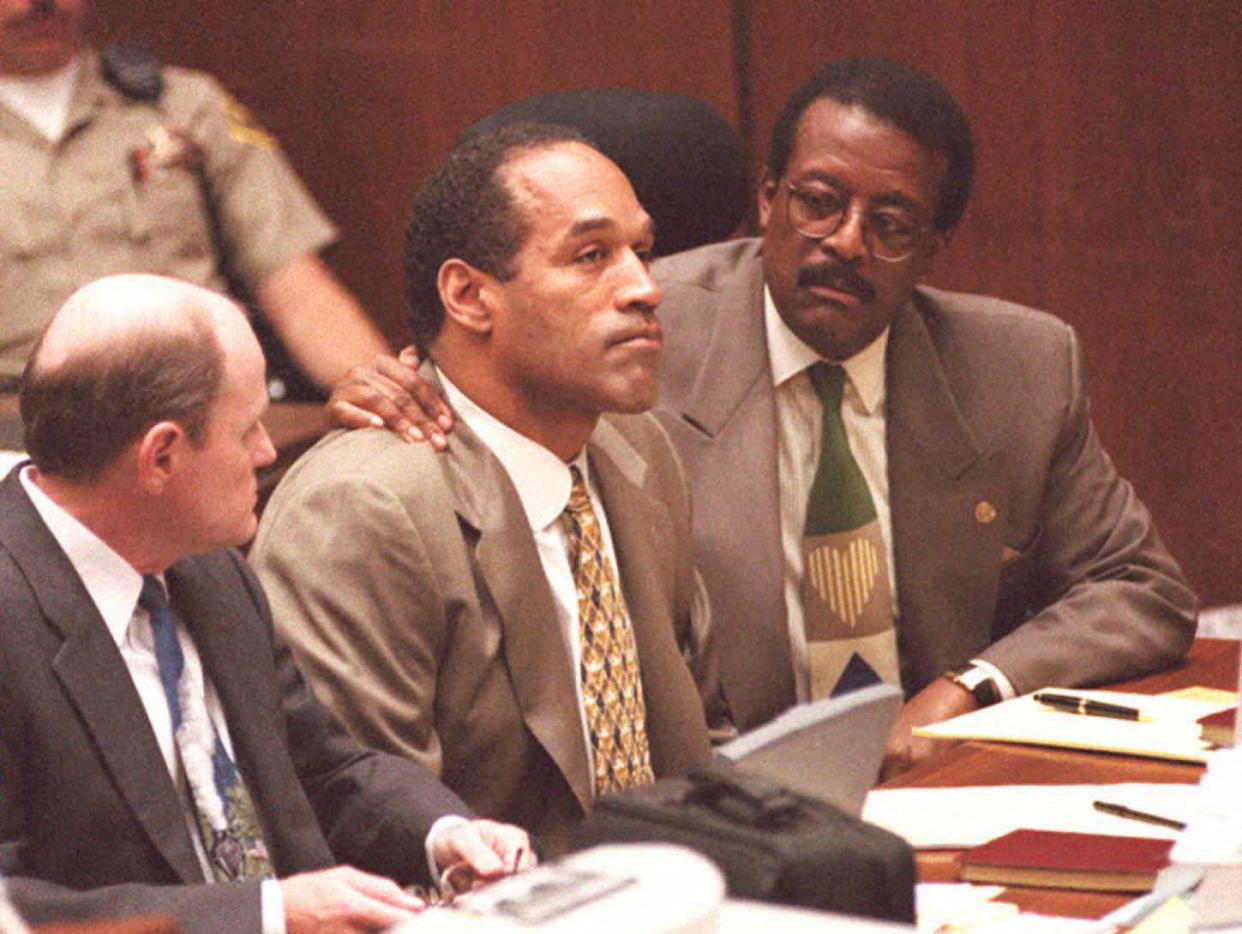

Trouble after the move to Florida
-
After O.J. moved the children to Florida in 2000, trouble continued. In the docuseries, Denise is told by an off-camera producer that “close to 17 police reports” were filed. There were also “a series of 911 calls about violence inside the house,” but because they were anonymous calls, police couldn’t determine any validity.
-
Sydney called Miami-Dade police in 2003 after reportedly getting into an argument with O.J., but his attorney denied the incident as nothing more than a parent-teen spat.
-
O.J.’s house was raided by the FBI in 2001 related to drug smuggling and money laundering. Former FBI agents Gary Loeffert and Chris Piersza talked about their investigation of suspected dealer Andrew Anderson, who was friends with O.J. and often stayed at his house.
-
The agents claimed O.J. received ecstasy and other narcotics from Anderson. When they went to search O.J.’s house, they said someone tipped him off, noting a reporter was already on the scene when they got there. They found only traces of marijuana.
-
O.J. later served nine years in prison in Nevada for armed robbery related to sports memorabilia he claimed had previously been taken from him; he was paroled in 2017. He died in April from cancer.
For anyone affected by abuse and needing support, call the National Domestic Violence Hotline at 1-800-799-7233, or if you’re unable to speak safely, you can log onto thehotline.org or text LOVEIS to 22522.







:max_bytes(150000):strip_icc()/roundup-writereditor-loved-deals-tout-f5de51f85de145b2b1eb99cdb7b6cb84.jpg)


